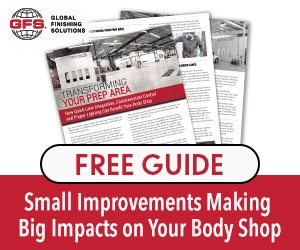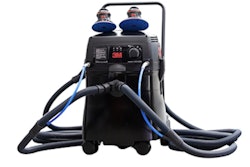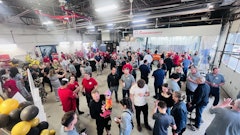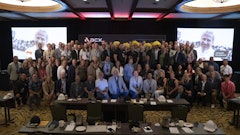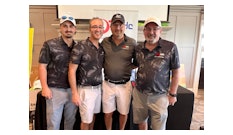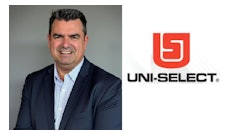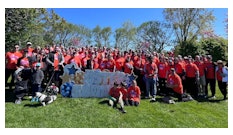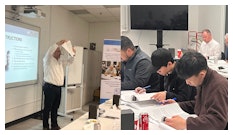
By Evan Davies, Chief Technology Officer, Solera
The oldest members of Generation Z turn 24 years old this year.
This generation came of age at time when companies like Amazon, Uber, and AirBnB are using AI to simplify purchasing, communicate directly with customers, and apply analytics to their business. Frankly, this generation may not remember services or products without voice activations, personalized buying suggestions, and chat bots. As Gen-Z becomes more influential as consumers, their expectations for services and interactions will include many AI-based offerings. Add the purchasing power of the Millennial generation with that of Gen-Z, and all businesses must evolve to meet these collective expectations for technology.
The insurance industry, like many others, is quickly adapting and integrating AI into business operations. In a recent report, McKinsey projected a potential annual value of up to US$1.1 trillion in additional business revenue if AI is fully embraced in the insurance industry alone. However, it’s not as simple as adding something like visual intelligence to the photo estimation process.
Computer vision and the technology enabling it need to include two fundamental elements: quality data and knowledge of vehicle repair. AI-based solutions must be trained and supported by the combination of these two elements to ensure consistency of results at every stage.
AI-Based Image Recognition and Processing
For those who have recently filed an insurance claim of any kind, you are likely familiar with the image capture and upload process.
While image capture is not necessarily new, the technology evaluating and improving the process is quite new and can be complex. Automation tools improve the first notice of loss (FNOL) and triage processes by speeding up review of damaged photos, identification of total loss vehicles and supports identification of the next best action for repairable vehicles. Decisions that affect claims outcomes for the insurer, repairer and insured are made at the beginning of the claims process.
There is more than one way to approach AI photo-based estimating. One approach is to train AI models by learning from historical claims data and related damage photos. Another approach is to use a training data set containing annotated or “labeled” photos.
Reliable, Quicker Repairs
In the absence of an AI-based estimating system, trained appraisers are required to produce repair estimates However, with the use of an AI-system, those skilled workers can be reassigned to more complex cases.
Providing an accurate estimate of the size, position, and severity of the damage plays a crucial role in getting the repair cost correct. There are many variables that influence the cost including material, geometry, accessibility, and thickness. Modern vehicles are made of alternative materials, such as different types of steel, aluminum, and carbon fiber. This is a lot to consider and, hence, why the repair science element of AI-based estimating is important.
Repair Science + Data Science
For every touch point served by AI, the algorithms that power these solutions must be trained and supported by the right set of data to ensure consistency of results at every stage. It’s not just about adding AI to an existing workflow. Estimating with AI is about blending repair science technology with a database of historical claims and images gathered over years of servicing and supporting the industry that makes this evolution so powerful.
The combined approach of these two types of data enhances machine learning algorithms to drive efficiency and accuracy. It provides an integrated approach to increase accuracy and performance, compared to simple AI image recognition point solutions.
Future Proofing for Digital Native Generations
With the increasing use of digital channels by all generations and younger generations’ expectation for AI, the process is now—more than ever—becoming trusted by service providers around the world, including those in the insurance industry.
It is widely accepted that this is the future and as with any new technology adoption, it doesn’t come easy. It takes partners with the right background and expertise to help chart the path and expand adoption.


